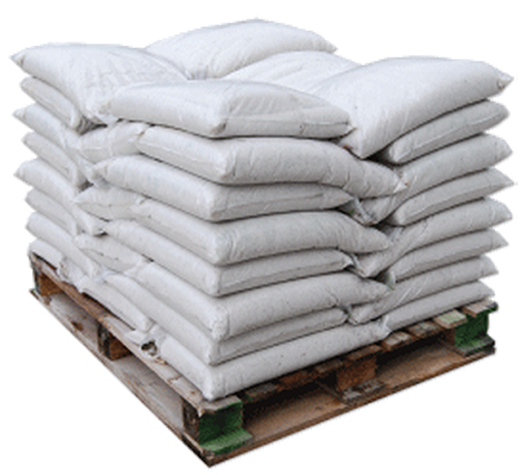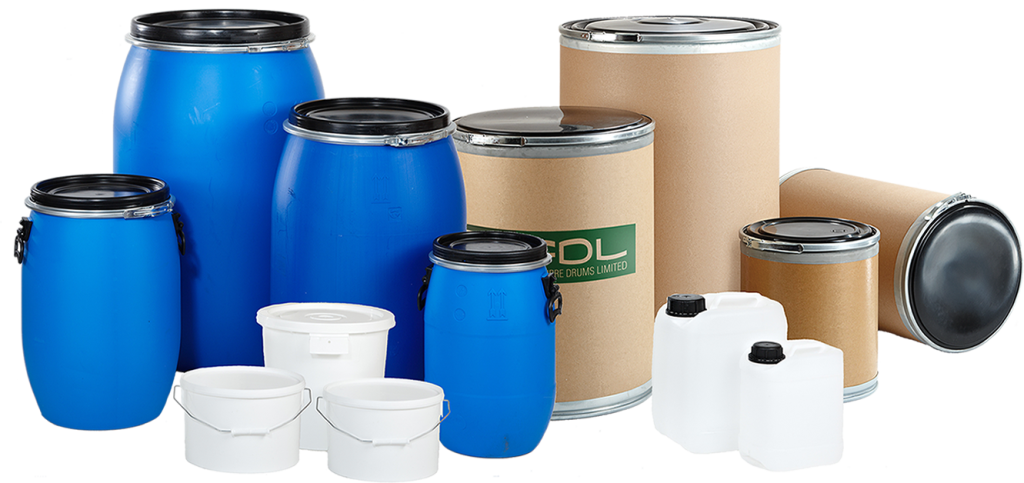Caustic soda, or sodium hydroxide (NaOH), is a highly versatile and essential chemical in many industries. It appears as a white, odorless, crystalline solid at room temperature. This compound is highly corrosive and requires careful handling and appropriate packaging. Solid caustic soda is available in various packaging types to meet diverse industrial needs.
Importance of Packaging for Caustic Soda
Packaging for caustic soda must ensure safety and preserve its integrity. This substance reacts with moisture and carbon dioxide in the air. Proper packaging prevents these reactions and ensures safe transport and storage. Different industries require different packaging solutions based on their specific applications and handling conditions.
Flake Caustic Soda Packaging
Flake caustic soda is one common form of solid sodium hydroxide. These thin, white flakes dissolve easily in water. Flake caustic soda often comes in polyethylene or polypropylene bags. These bags typically have a capacity of 25 kg. Manufacturers use multiple layers to enhance protection. Inner liners offer extra moisture resistance.
Bead Caustic Soda Packaging
Bead or pellet forms of caustic soda are also widely used. These small, spherical particles provide ease of handling and reduce dust generation. Bead caustic soda usually comes in similar packaging to flakes. Polyethylene or polypropylene bags with capacities ranging from 25 kg to 50 kg are standard. The bags feature moisture-proof inner liners.
Briquette Caustic Soda Packaging
Briquette caustic soda consists of compact, solid pieces. These briquettes are easier to handle and less likely to produce dust. They often come in heavy-duty plastic bags. These bags, usually 25 kg in weight, protect against moisture and contamination. Some suppliers also offer briquettes in bulk bags or flexible intermediate bulk containers (FIBCs).

Bulk Bags and FIBCs
For large-scale industrial users, bulk bags or FIBCs offer a practical packaging solution. These containers can hold between 500 kg and 1000 kg of caustic soda. FIBCs are made from woven polypropylene and come with various features. They include lifting loops for easy handling and discharge spouts for controlled release. Bulk bags provide excellent protection and reduce the need for frequent handling.
Drum Packaging

Caustic soda also comes in drums for safe and efficient transport. Drums are usually made of high-density polyethylene (HDPE) or steel. They can hold around 50 kg to 200 kg of caustic soda. HDPE drums are popular due to their corrosion resistance and durability. Steel drums offer robustness and are used for long-term storage or overseas shipping.
Fiberboard Boxes
For smaller quantities, fiberboard boxes provide a convenient packaging option. These boxes usually contain multiple smaller bags of caustic soda. Each bag weighs between 1 kg and 10 kg. Fiberboard boxes are easy to stack and transport. They also offer good protection against moisture and mechanical damage.

Pail Packaging
Plastic pails are another option for packaging solid caustic soda. Pails are usually made of HDPE and have a capacity of 5 kg to 25 kg. They come with tight-sealing lids to prevent contamination. Pails offer a convenient way to store and handle smaller amounts of caustic soda. They are especially useful in laboratory settings or for small-scale industrial use.

Specialized Packaging Solutions
Some applications require specialized packaging solutions. For example, caustic soda in the semiconductor industry needs ultra-pure packaging. Manufacturers use cleanroom-grade bags and containers to ensure purity. These specialized packages often have additional protective layers and are handled in controlled environments.
Safe Handling and Storage
Regardless of packaging type, handling and storing caustic soda safely is crucial. Workers must wear appropriate personal protective equipment (PPE) such as gloves, goggles, and face shields. Storage areas should be dry, well-ventilated, and away from incompatible materials. Proper training in handling caustic soda can prevent accidents and injuries.
Regulatory Compliance
Packaging for caustic soda must comply with various regulations. These regulations ensure safe transport and handling. The United Nations (UN) classification system assigns specific codes for hazardous materials, including caustic soda. Packaging must meet the standards set by organizations like the Department of Transportation (DOT) and the International Maritime Organization (IMO).
Environmental Considerations
Sustainable packaging solutions are gaining importance. Many companies now seek eco-friendly materials and methods for packaging caustic soda. Recyclable and reusable packaging options help reduce environmental impact. Some manufacturers offer returnable bulk containers, promoting a circular economy.
Innovations in Caustic Soda Packaging
Innovations in packaging technology continuously improve safety and efficiency. For instance, some companies use smart packaging with sensors to monitor moisture levels. Other innovations include tamper-evident features and enhanced sealing mechanisms. These advancements help maintain the quality of caustic soda and ensure safe handling.
Conclusion
Packaging for caustic soda plays a vital role in its safe and effective use. Different forms of caustic soda require specific packaging solutions. From small bags to bulk containers, each type offers unique benefits. Proper packaging not only ensures safety but also preserves the integrity of the product. As industries evolve, so do the packaging methods, incorporating sustainability and advanced technologies. Ensuring compliance with regulations and prioritizing environmental considerations will continue to drive innovations in caustic soda packaging.









